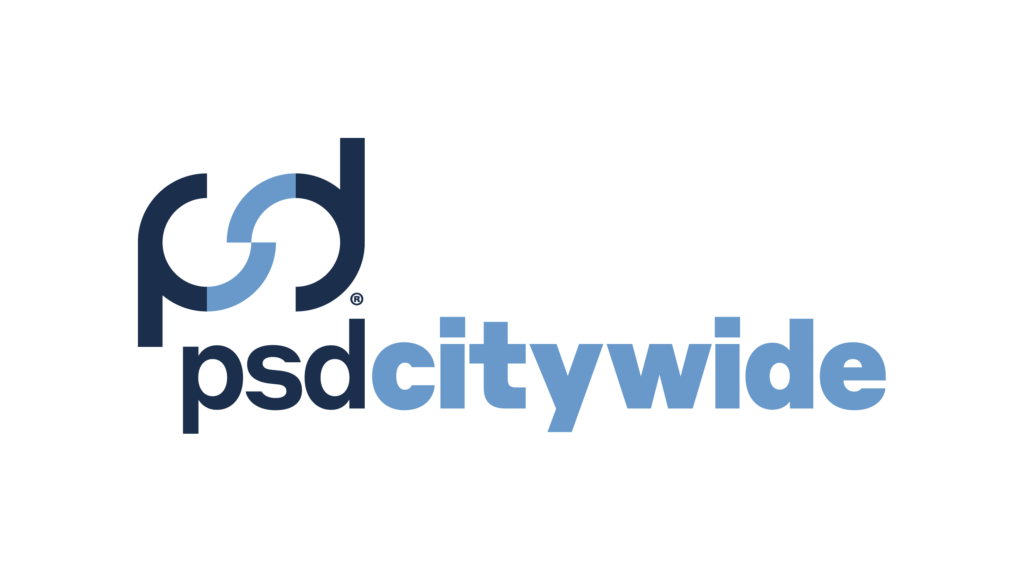First Nations communities are responsible for the management of a robust network of infrastructure assets. With limited resources and capacity, it is oftentimes a significant challenge to undertake the same asset management activities as their municipal counterparts. PSD Citywide sat down with Irvin George, Executive Director of Waabnoong Bemjiwang Association of First Nations, which represents six First Nations communities in Northern Ontario, to discuss the infrastructure and asset management projects currently being undertaken and what they are hoping to achieve in the near future.
How would you describe the relationship between provincial and federal governments and First Nations?
It is generally accepted that the federal government has a fiduciary obligation to First Nations, stemming from a nation-to-nation relationship, established through treaties. The provincial Crown wasn’t seen to have that same level of fiduciary obligation. In recent years, the province has been making inroads into relationships with First Nations.
Some of the provincial ministries have been supporting First Nations interests through social programming and environmental interests, including water-related interests. In terms of source water protection, First Nations were given a seat at the table with the conservation water authorities who were tasked with water protection.
There is a lot of discussion around revenue sharing between the province and First Nations groups, particularly surrounding renewable resources within the First Nations treaty areas (forestry, precious metals, gases, etc.).
Outside of the different levels of government, there is work done between the private sector and First Nations groups. There are some elements of the private sectors that carve out relationships with First Nations, primarily based upon the business lines that they carry on with or within First Nations territory. For example, on a project we are currently working on, we have partnered with Canon Logics to be our project managers to pull these pieces together on the GIS side of the equation.
What issues do First Nations groups have with accessing infrastructure funding?
The province traditionally doesn’t make available a lot of resources to support First Nations infrastructure. There is some joint programming between the federal and provincial governments that First Nations can get access to. For example, some of the Gas Taxes are used to support First Nations infrastructure initiatives. First Nations are presently awaiting the status of agreements between the federal government and the province on the jointly funded infrastructure program, which would impact funding for priority Infrastructure capacity projects.
This has been on hold since prior to the elections and the province has yet to make any pronouncements on whether they will continue to support this program. Many First Nations communities have submitted funding for Infrastructure capacity projects. However, the federal government does not put the same amount of money and resources towards First Nations programming in the same way they do for municipalities (you can look at examples such as asset management). There isn’t an equal playing field in that sense from either the province or the federal government.
What are some of the current challenges that First Nations communities face with respect to infrastructure maintenance and renewal?
First Nations have a lot of challenges in respect to maintaining their assets. There is a lack of resources for them to adequately do their job in those areas as they don’t have the capacity to be able to conduct the necessary work. In the municipal environment, they have a robust public works workforce, but in First Nations communities it’s a challenge to maintain a high level of expertise to assist with the maintenance of assets. For example, it is difficult to find individuals to assist with tracking lifecycle, replacement, components of assets, etc.
And, because the federal government doesn’t provide sufficient resources to First Nations to be able to do the above-listed activities, consequently, you end up in situations with premature asset failure or assets reaching a deteriorated state prior to their projected lifecycle, just because of a lack of maintenance. First Nations are only able to do what they can with the resources they have, and many do much more than what they are currently funded to do.
In the municipal environment, they have a robust public works workforce, but in First Nations communities it’s a challenge to maintain a high level of expertise to assist with the maintenance of assets.
Has the federal government made any specific commitments to First Nations with respect to infrastructure capacity?
The federal government is interested in looking more closely at the benefits of asset management. Specifically, how to properly manage the assets, which includes the use of online databases, such as the one we are working with from PSD Citywide to track and manage the lifecycle of our assets. However, getting a full picture of our assets is going to be a challenge.
What do you see as the infrastructure activities that will be prioritized over the next couple of years for First Nations communities?
For our group, we are focusing on tracking and managing our assets and identifying the costs to maintain and operate our assets and facilities. This needs to be done in tandem while we maximize the investments into those assets and facilities to ensure we can achieve the expected service life and prioritize resources for maintenance. One of the biggest things is having a sufficient workforce to undertake all of these priorities – not only physically, but to do the data management, data mining, data input, etc. We need to prioritize working towards catching up to the digital economy as it moves forward.
What type of asset management projects will you be working on over the next several months?
We are currently cultivating our relationship with PSD Citywide to be able to create a tool that will be beneficial to all of our partners. We are looking at managing the assets on the ground, on the public works side, while we cultivate our partnership with Ontario Clean Water Agency to look at our water and wastewater. Through PSD Citywide and Ontario First Nations, we are partnering to look at the housing side. We are looking at exploring how can we tie everything together so that we have a comprehensive strategy for communities to manage all of their assets, getting all of the different pieces to be able to talk to each other. We think this will be very beneficial to our communities in the long-term. So, while we are working at this today, in three years’ time the benefits will be fully realized.
We would like to give credit to FedNor for co-funding our project, along with Indian Northern Affairs Canada and Northern Ontario Heritage Fund Corporation. We are looking forward to going back to funders with Phase II, to be able to bring the full project to fruition



